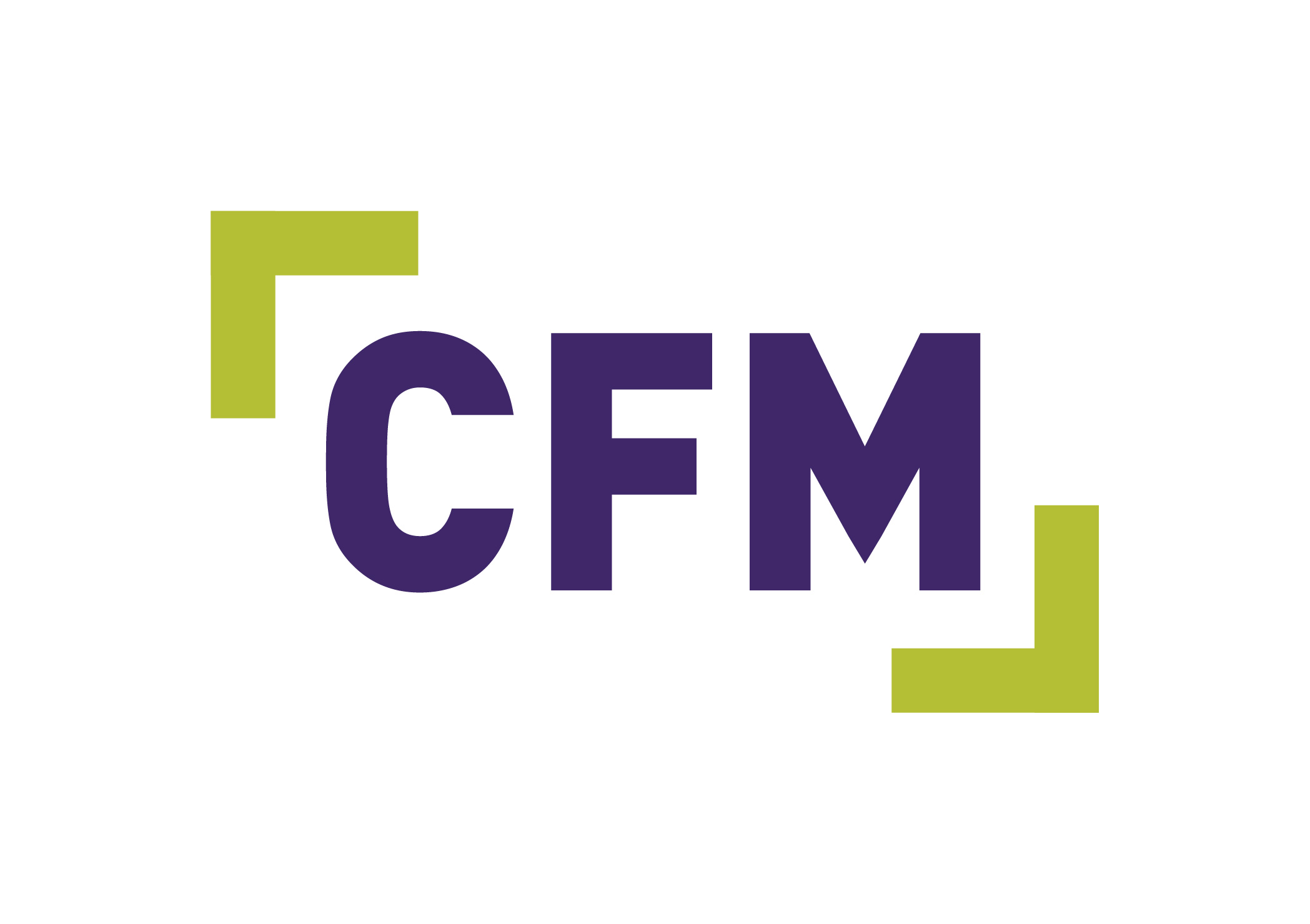
Automating Back-of-House Lending Processes to Unlock Efficiency
Brought to you by CFM

The banking industry has made strides in offering customers easier ways to sign, wherever and whenever they want. In fact, 95% of financial institutions plan to enhance their lending capabilities. As banks prioritize a single platform for digitized loan application, back-of-house automation becomes critical to delivering an experience that customers expect.
Think about the manual process it takes to move a loan through a bank. Now imagine that someone is on vacation, someone is in meetings all day or someone inadvertently forgets to pass the application to the next department. Not only do these cause delays in the application, but they are also labor-intensive to move forward. Embracing back-of-house automation helps banks minimize risks, enhance productivity, reduce costs and deepen the customer relationship.
The lending process involves intricate regulatory and compliance frameworks; failure to comply with these regulations can result in severe penalties and reputational damage. Manual processing carries the risk for errors and potential compliance breaches. Automated systems, on the other hand, can help banks ensure that they’re adhering to legal requirements, risk management protocols and regulatory guidelines, while freeing up team members to focus on the things that will actually deepen customer relationships. Incorporating back-of-house automation allows banks to maintain compliance and strengthen their overall risk management framework. The best part? It can be done automatically.
In today’s competitive landscape, focusing on customer experience is a table stakes priority. Manual lending processes often result in delays, errors and fragmented communication, making customers wonder if they are just another number to an institution. Banks can streamline the customer interactions that are truly table stakes and reduce turnaround times by automating their back-of-house lending processes. Automated systems can provide customers with self-service options and real-time updates on loan statuses, giving them a sense of transparency. This can lead to a seamless experience for them throughout the lending process, strengthening a bank’s customer loyalty and retention.
When Hughes Federal Credit Union automated its back-office loan processes, it drastically reduced its loan processing time from three weeks to 120 minutes. The $836 million credit union increased its indirect lending volume by 27% after implementing electronic signature solutions.
At the same time, banks can’t forget about the opportunity to transform their employee’s experience at the same time. Automation doesn’t reduce the need for employees. It empowers employees to do the job they were actually hired to do. Instead of dealing with manual steps needed to keep a loan moving, they can do their part and automatically send it to the next department before getting back to what matters most: deepening the customer relationship.
Automating back-of-house lending processes enables banks to achieve unparalleled operational efficiency. Manual tasks, such as document verification, data entry and loan application processing are time-consuming and prone to errors. Automation solutions can seamlessly integrate with existing systems and create role-based transaction management to make back-of-house systems easier. Automation reduces friction, wasted time, and eases the stress of managing people and document flow by creating rules and systems to move transactions through different departments effortlessly. Hughes Federal Credit Union saved nearly $107,000 annually by moving from a paper-based process to an electronic environment.
Almost all financial institutions plan to embed fintech into their digital banking experiences, which makes embracing automation not only a competitive advantage but a necessity. By embracing back-of-house automation, banks can minimize risks, achieve operational efficiency and enhance their customer experience, all while scaling their lending operations. As banks continue to navigate digital transformation, automation continues to be a key driver for success in lending.


